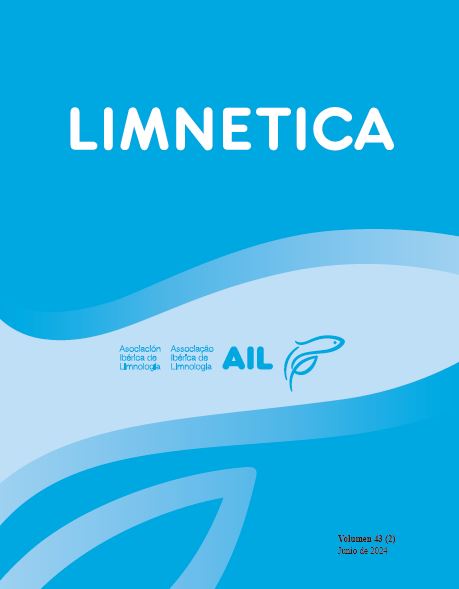Dr. How much do you need to survive? Minimal nutritional levels to complete the development on Aedes aegypti (Diptera: Culicidae) of subtropical region
Nutritional levels to Aedes aegypti development
Resum
The development of Aedes aegypti mosquito larvae occurs in various aquatic microhabitats, such as tires, cups and bottles. These environments may have different nutritional characteristics. This factor is important for the development of the larvae and resulting adult mosquitoes. Compromised larval nutrition can result in failure to develop or affect growth and reproductive capacity of the adults. Understanding these nutritional necessities allows to optimize the creation of mosquitoes in laboratory and identifying new targets for mosquito control. We tested the effect of sixteen (0, 0.0013, 0.0033, 0.0066, 0.0133, 0.02, 0.025, 0.03, 0.035, 0.04, 0.045, 0.05, 0.1, 0.15, 0.2, 2 g/L) different food concentrations of Spirulina Alcon® of the larval diet on larval survival and life history characteristics of Ae. aegypti. In total, 817 (56,74%) Ae. aegypti out of the 1440 initial individuals survived during the experiment. Survival rates were significantly different (Chi-Square Test = 1271, df = 15, p < 0.001) and were affected by the increase in food concentrations. 0.025 (60 / 66.66%) and 0.03 (67 / 74.45%) concentration treatments showed the smallest survival rates and 0.15 (76 / 84.45%) the biggest. 0.025 and 0.03g/L concentration treatments showed the smallest larval development times (8.80; 8.86 days) and longevity (9.95; 8.70 days), but adult sizes are smallest for 0.025 (3.00mm) and biggest for 0.03 (3.15mm). 0.15g/L showed the biggest larval development time (9.59 days) and longevity (12.41 days), with intermediate adult size (3.09mm). In laboratory, survival rates of Ae. aegypti are generally associated with high mortality on low-quality and low-quantity resources. Nutritional stress impaired larval development, as well as adult size and longevity. Analyzing responses to different feeding regimes is important to understand the main mechanisms involved in larval development processes and the requirements for optimizing mosquito breeding systems.
Descàrregues
Publicades
Número
Secció
Llicència
Los autores que publican en esta revista están de acuerdo con los siguientes términos:
- Limnetica está bajo una licencia de Creative Commons Atribución-NoComercial 4.0 Internacional.
b. Los autores pueden establecer por separado acuerdos adicionales para la distribución no exclusiva de la versión de la obra publicada en la revista (por ejemplo, situarlo en un repositorio institucional o publicarlo en un libro), con un reconocimiento de su publicación inicial en esta revista.
c. Se permite y se anima a los autores a difundir sus trabajos electrónicamente (por ejemplo, en repositorios institucionales o en su propio sitio web) antes y durante el proceso de envío, ya que puede dar lugar a intercambios productivos, así como a una citación más temprana y mayor de los trabajos publicados (Véase The Effect of Open Access) (en inglés).


